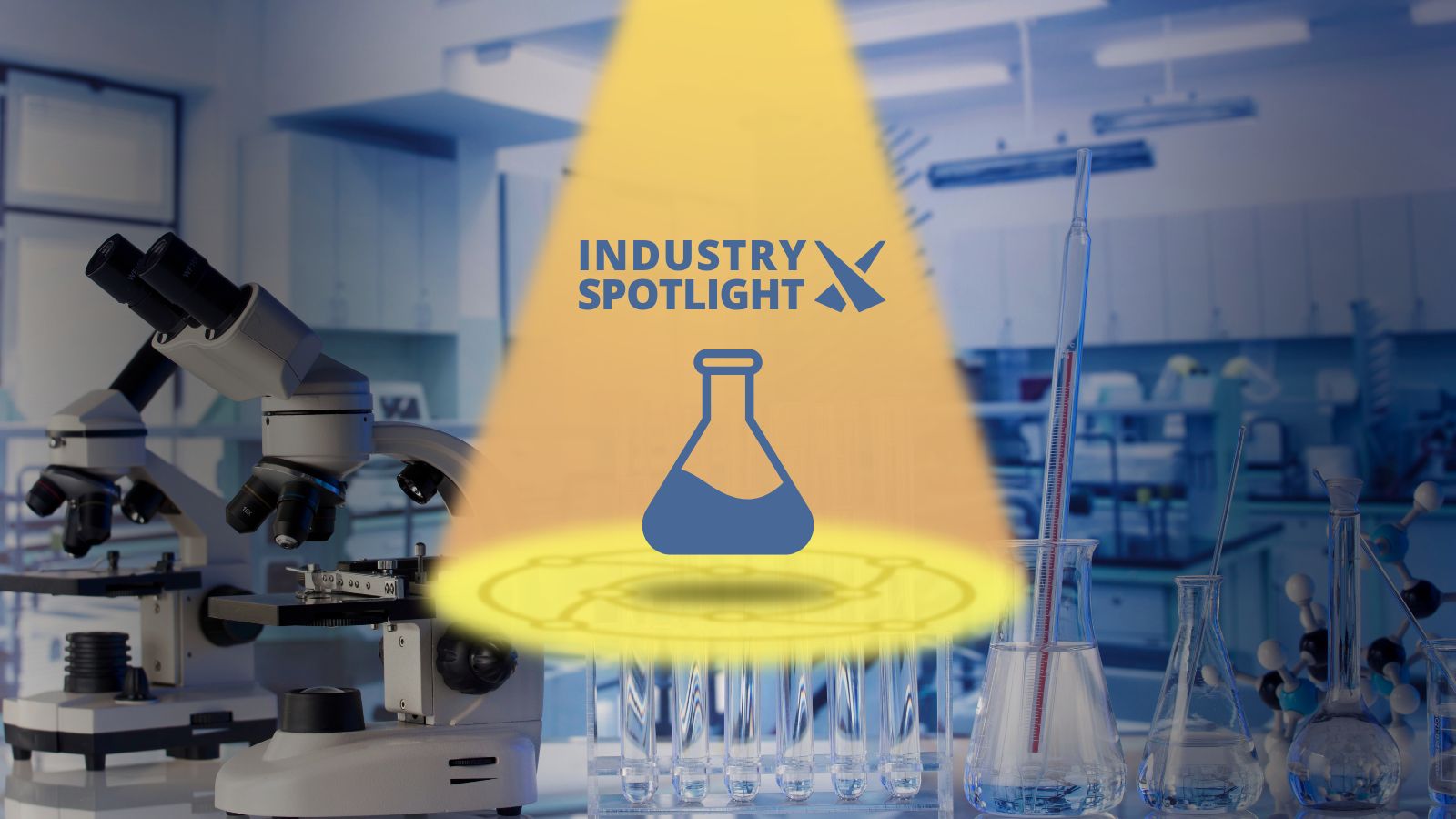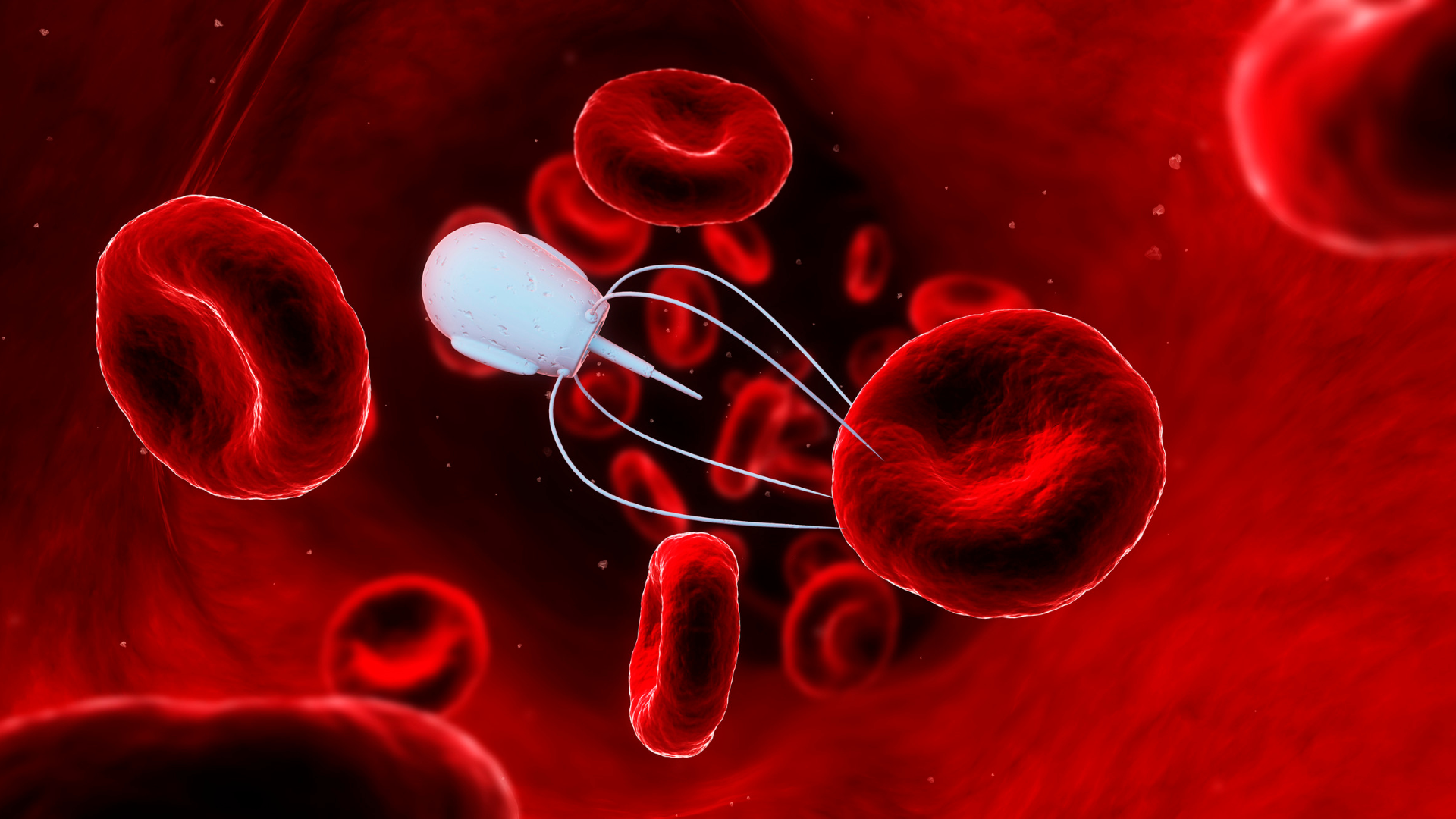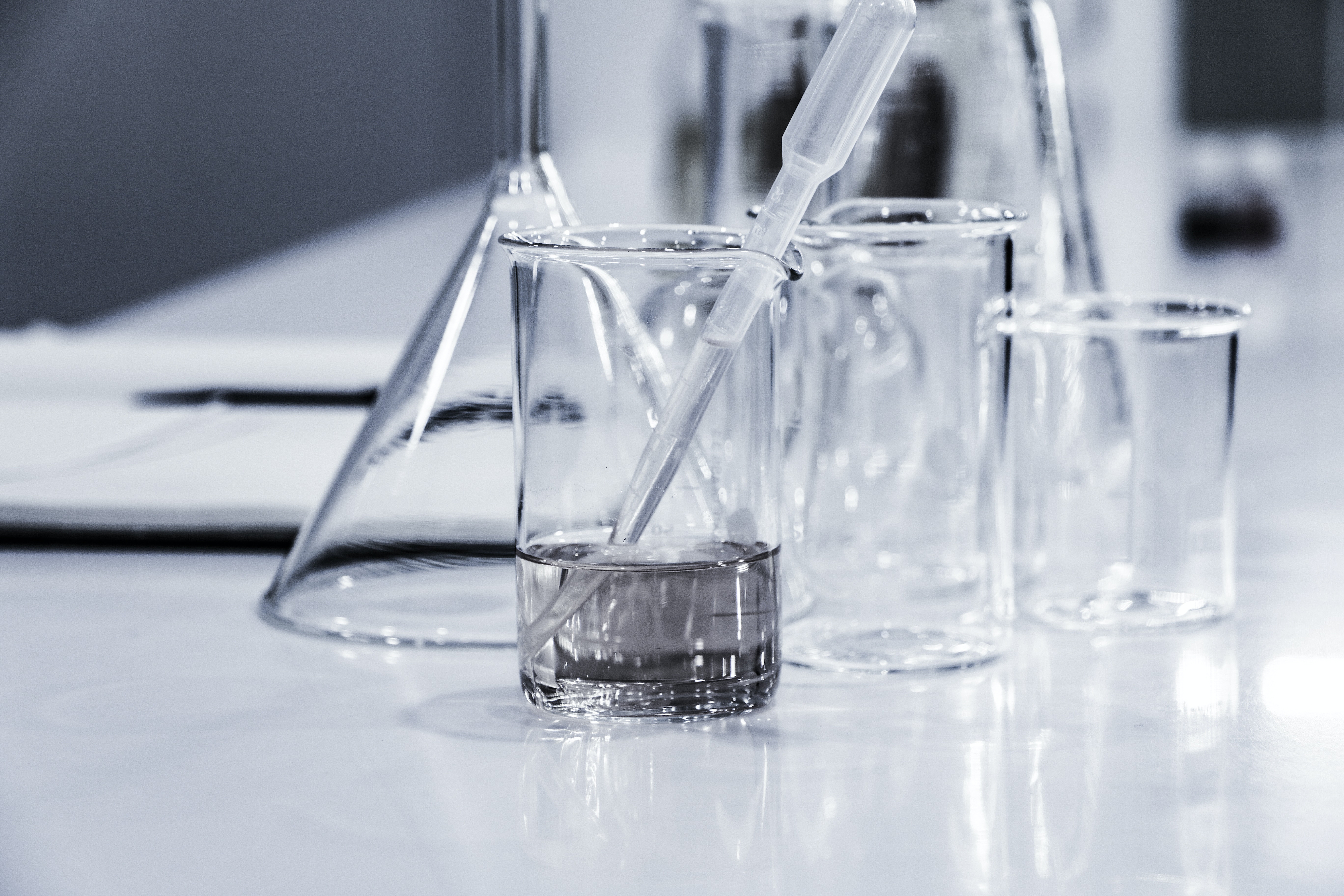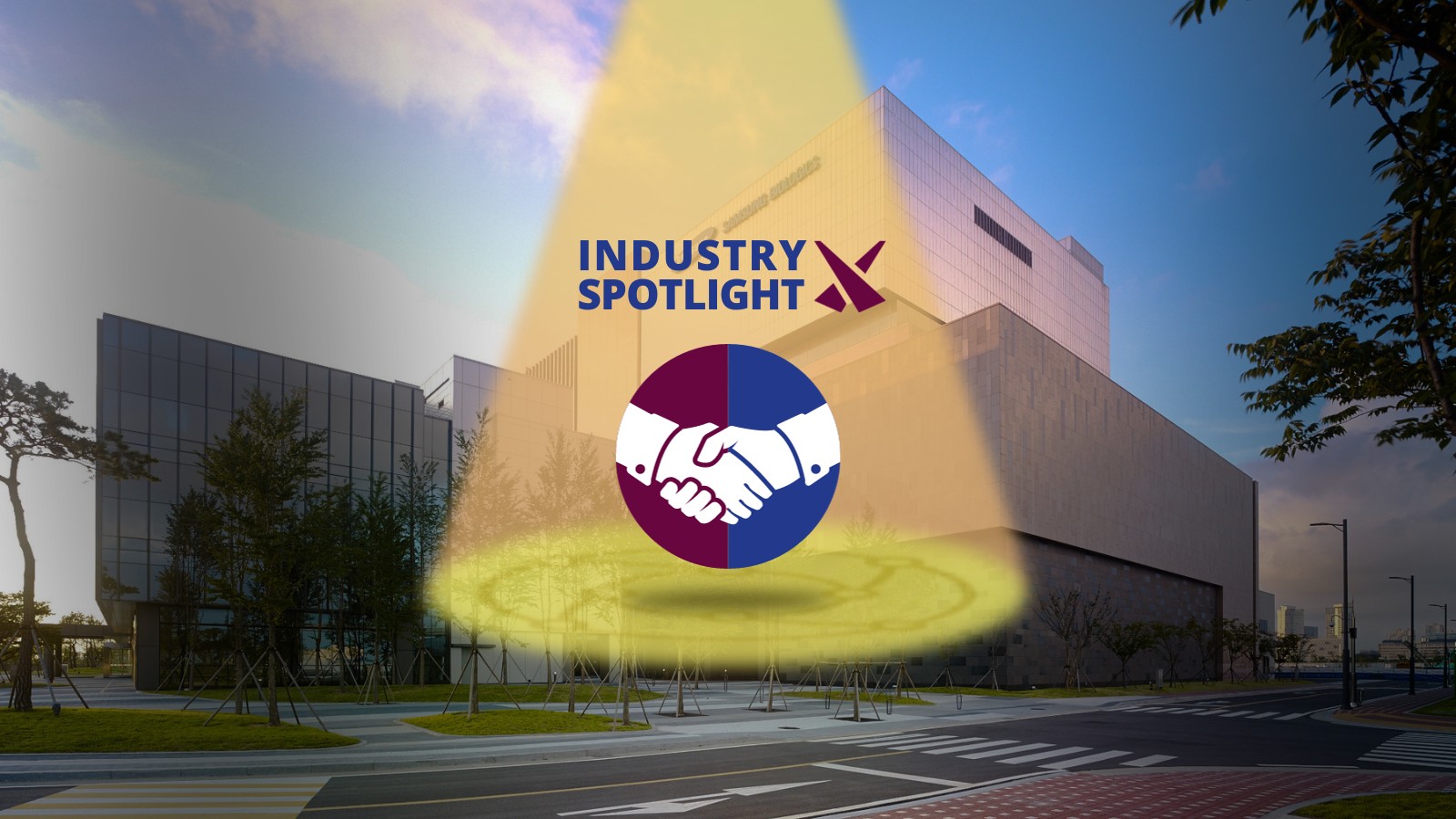Blockbuster Drugs and Applications of AI in Accelerating the R&D Timeline for Drug Development

Blockbuster drugs identified through machine learning approaches are set to redefine the drug discovery market in the next five years.
The global market for AI in drug discovery and development is estimated to be worth USD $4bn by 2027, with a projected CAGR of 45.7%.
A growing need to curb discovery costs and reduce the time involved in the drug development process has led to the widespread implementation of AI approaches in drug development.
There has subsequently been a rising trend in the adoption of cloud-based applications and services, with an anticipated increase in the speed of blockbuster drugs for critical diseases arriving on market.
- Three ways AI and machine learning will enhance drug candidate identification
- Where are we with inhaled biologics?
- Dealing with nanoparticle stability challenges in drug formulation
Lots of major pharmaceutical players, including GSK and AstraZeneca, have shown an interest in adopting AI-driven discovery platforms in the hopes of streamlining R&D efforts, reducing discovery timelines and associated cost.
Many AI technologies used in drug discovery and development have evolved from earlier bioinformatics approaches.
AI itself has a slightly elastic definition depending on the context in which it is invoked. It is broadly understood to refer to sophisticated modelling and computational systems which can automatically learn insights and derive practical suggestions from ‘big data’.
The focus of integrating AI in drug discovery is to build sophisticated computational and modelling pipelines which include automated workflows across dozens, potentially hundreds of modelling systems.
However, there are constraints to the integration of AI approaches into process development, as this relies on an AI-capable workforce.
Blockbuster Drugs Need Blockbuster Investment
While the trend for investment in AI across the drug discovery and drug development landscape is steady, a potential AI workforce shortage may hinder progress.
AI systems can require specialist experience to use, which means recruiting — or training up — a workforce with specific skills to design, implement, and oversee AI systems.
If the big players in pharmaceuticals are to efficiently integrate AI processes into drug discovery and development, companies working with AI should recruit personnel familiar with deep learning, cognitive computing, and image recognition.
As such, the limiting factor potentially constraining the success and development of AI technologies may be a shortage of researchers proficient in AI and deep learning approaches over the next few years.
Particular avenues where AI approaches could significantly accelerate the drug discovery market include neurodegenerative diseases and immuno-oncology.
The capacity for AI to map out neurological pathways from datasets based on these diseases and identify appropriate drug candidates is a major advantage.
In drug discovery research, the identification of novel drug targets is critical for developing novel first-in-class therapeutics — the industry’s potential blockbuster drugs.
Advanced modelling tools also help to identify and modulate novel types of targets, such as protein-protein interactions and next-generation targets.
The future of AI in drug discovery and development is looking incredibly promising: pharma’s big players just need to make sure they’re equipped to deploy an AI-capable workforce effectively.
Get your weekly dose of industry news and announcements here, or head over to our Formulation portal to catch up with the latest advances in manufacture and therapeutic delivery.







